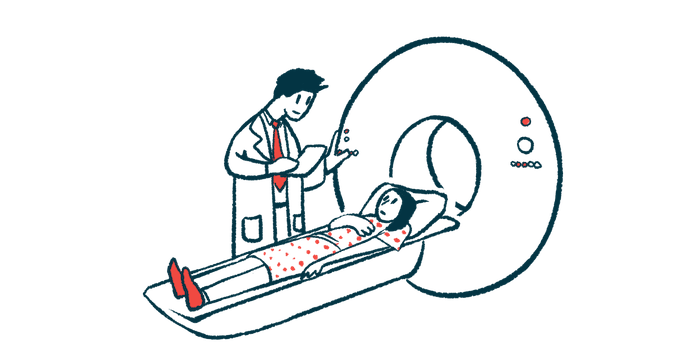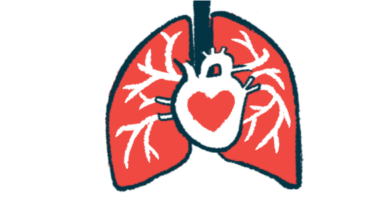Fabry disease may raise risk of renal cell carcinoma: Study
Kidney cancer found earlier, more often in Fabry patients

Renal cell carcinoma, a common type of kidney cancer, is diagnosed more frequently in people with Fabry disease than in the general population, suggesting a need to consider routine cancer screening as part of their care plan, according to a study from the U.K. and the Netherlands.
“Fabry disease may be an independent risk factor for renal cell carcinoma,” researchers wrote in the study, “Fabry disease — a risk factor for renal cell cancer? — case series,” published in Molecular Genetics and Metabolism.
Fabry disease is caused by mutations in the GLA gene that result in little or no activity of an enzyme responsible for breaking down fatty molecules. Without this enzyme, these fatty molecules accumulate to toxic levels in cells and damage the body’s organs, especially the kidneys. Earlier studies have shown that renal cell carcinoma, a cancer that begins in the lining of small kidney tubes that filter blood and remove waste, appears to occur frequently in people with Fabry disease.
The researchers drew on data from two clinical centers in the U.K. and the Netherlands to check if the incidence of renal cell carcinoma, or the number of new cases diagnosed each year, was higher than expected for the general population.
They looked at 520 adults, 318 women and 202 men, with a median age of 52.6. Of these, 289 were diagnosed with classic Fabry disease, a type of Fabry which begins to manifest during childhood or adolescence, and 231 with non-classic or late-onset Fabry disease, which typically appears later in life.
In most, cancer seen before ERT
There were 11 incidences of renal cell carcinoma in 10 patients, corresponding to an annual incidence rate of 70.5 per 100,000 people. This incidence was about 15 times higher than the global average, seven times higher than the European average, and three times higher than the U.K. average. It was also higher in men than in women (115.5 vs. 42).
The median age at the time of renal cell carcinoma diagnosis was 55. This was younger than the general population, where the age range at diagnosis is 65 -74. Renal cell carcinoma occurred at similar rates in patients with classic Fabry disease and those with the late-onset type. Five of these 10 patients had chronic kidney disease with at least a moderately increased risk of complications.
In more than half of the patients (55%), kidney cancer developed before starting enzyme replacement therapy for Fabry disease. The rest were diagnosed five to 18 years after starting this type of therapy, which works by supplying the body with the enzyme that’s missing in Fabry.
The most common type of cancer, diagnosed in seven patients, was clear cell renal cell carcinoma, which typically grows as a solid mass from the cells lining the proximal tubules in the kidney. Three patients had papillary renal cell carcinoma, which is generally less aggressive than clear cell renal cell carcinoma.
One patient had two separate episodes of papillary renal cell carcinoma, at ages 27 and 39. In six patients, the cancer was found by chance during imaging scans for other reasons. In the other patients, symptoms such as fever, low numbers of red blood cells, blood in the urine, and worsening kidney function led to the diagnosis.
After surgery to remove part or all of the kidneys, seven patients survived more than five years. Three others remained alive at one and three years after diagnosis, and two died seven and 14 years later. In one patient, a six-year follow-up showed that clear cell renal cell carcinoma had spread to the lungs and hips.
The data suggest that adults with Fabry disease may be at increased risk for renal cell carcinoma, and that this cancer may occur at a younger age than in the general population. This raises the possibility that Fabry disease itself may be an independent risk factor for kidney cancer, potentially due to chronic stress or inflammation caused by the accumulation of fatty molecules.
“This suggests that routine screening for [renal cell carcinoma] may be beneficial in patients with Fabry disease,” the researchers wrote. They suggested further research into how mutations in the GLA gene may increase the risk of kidney cancer.







